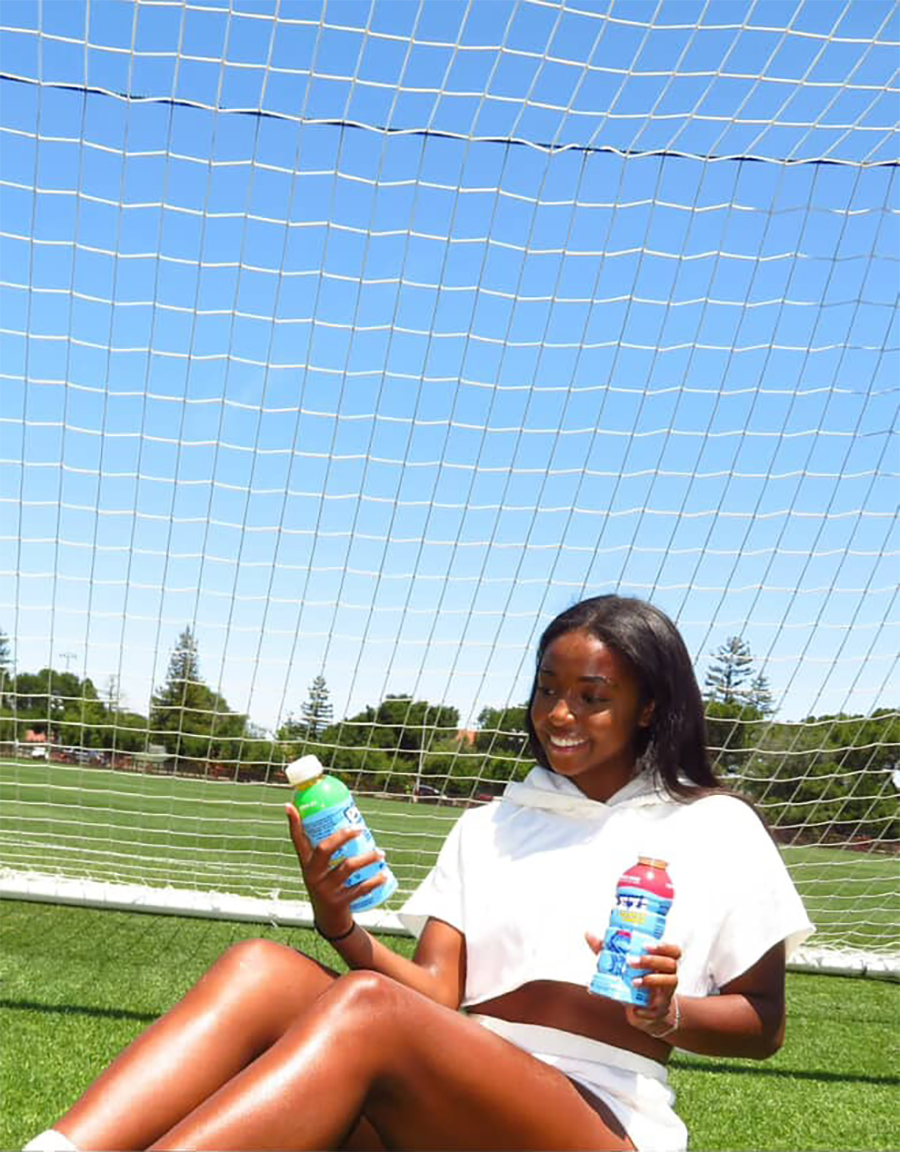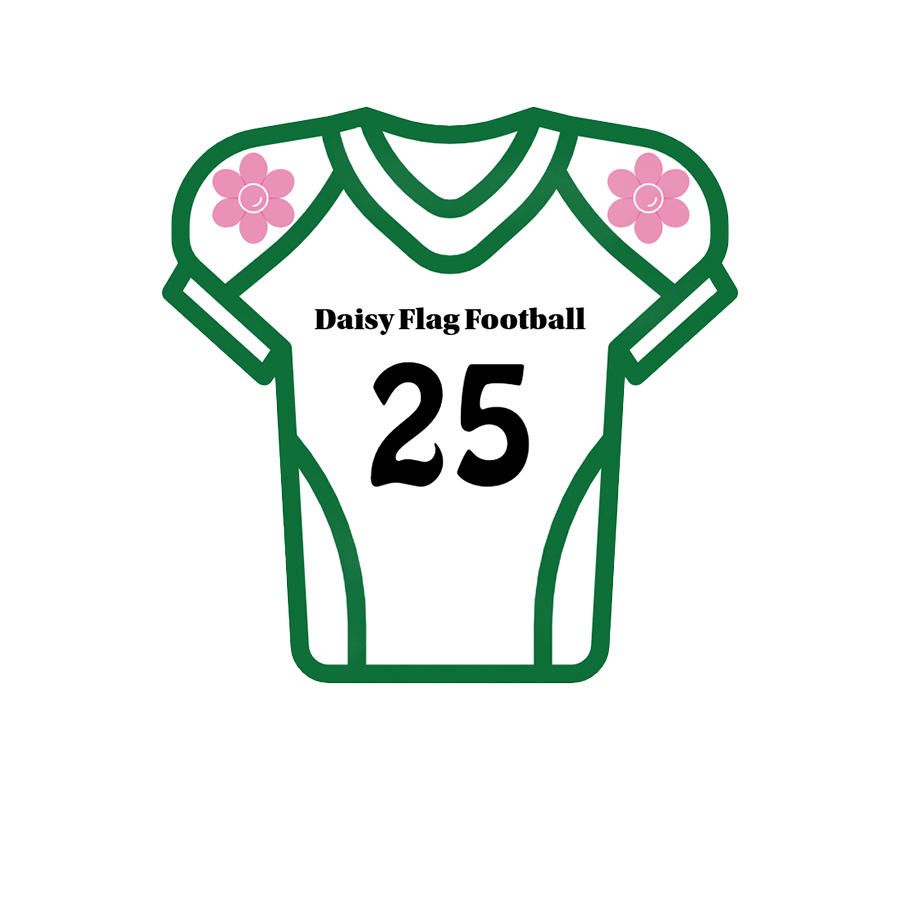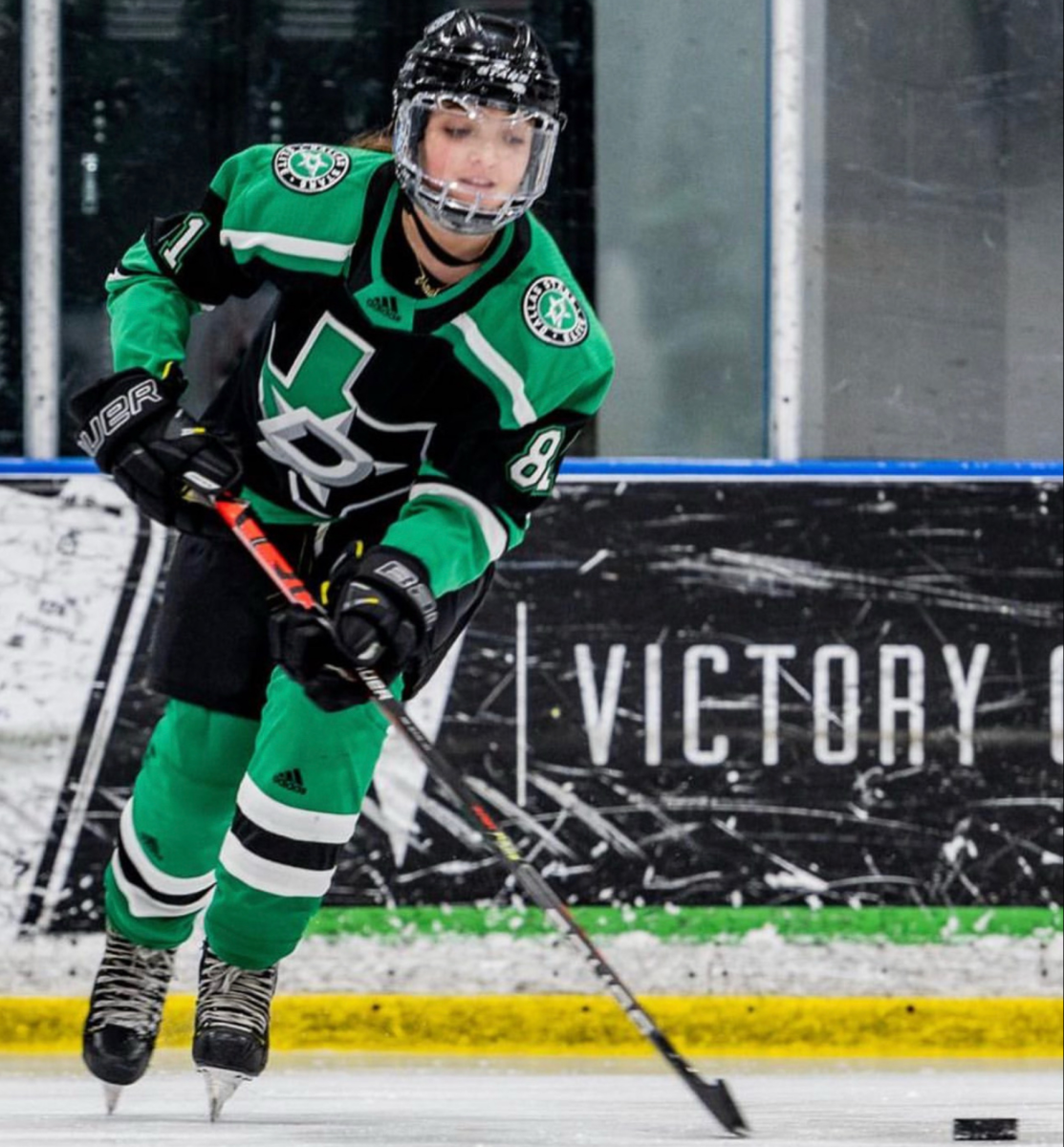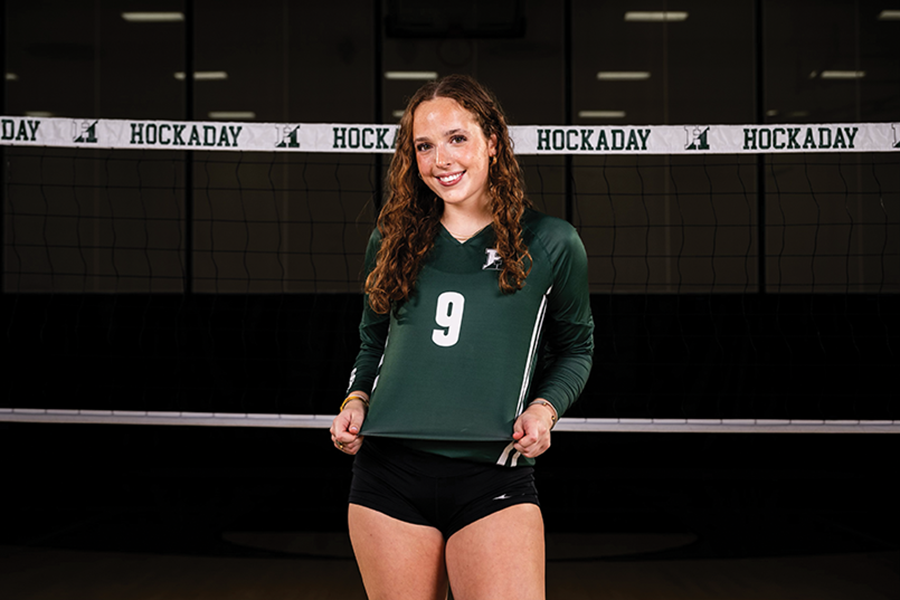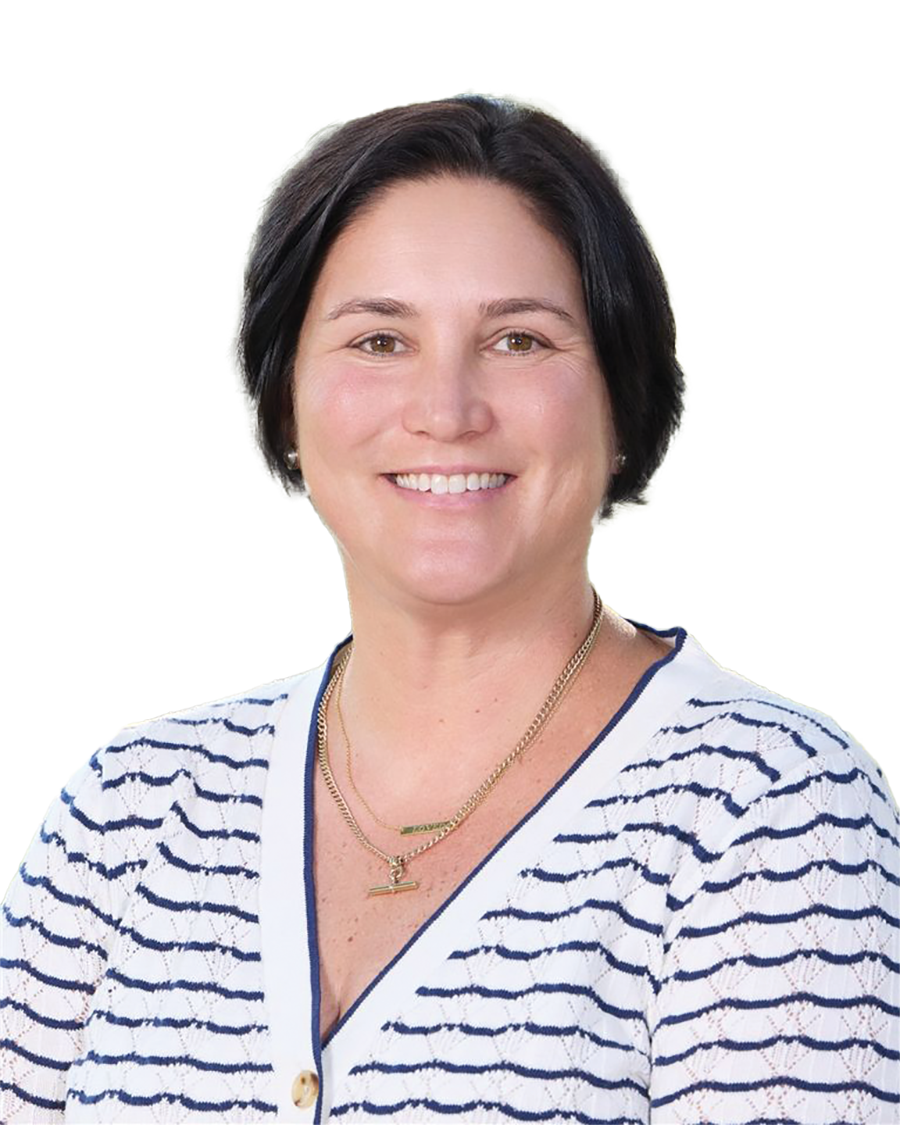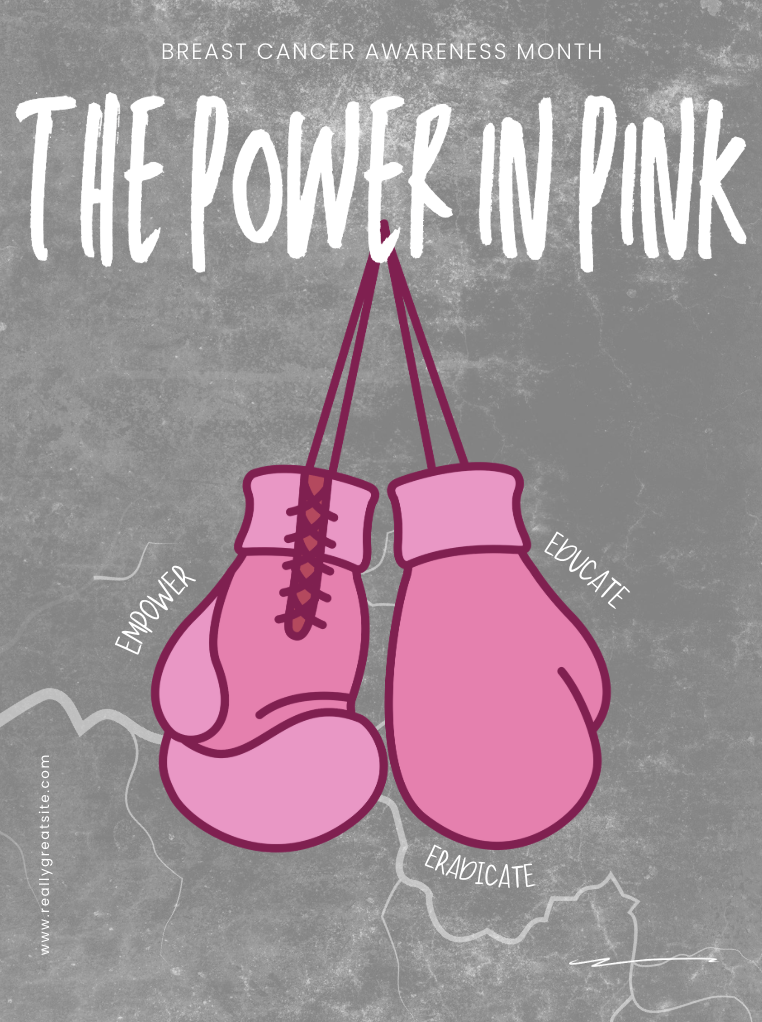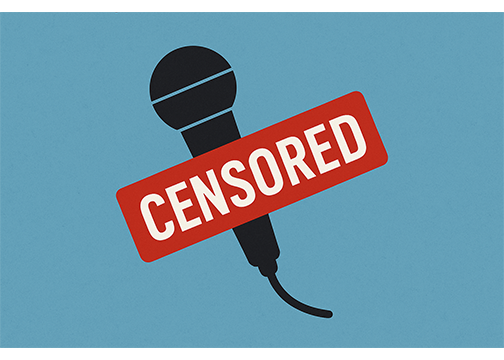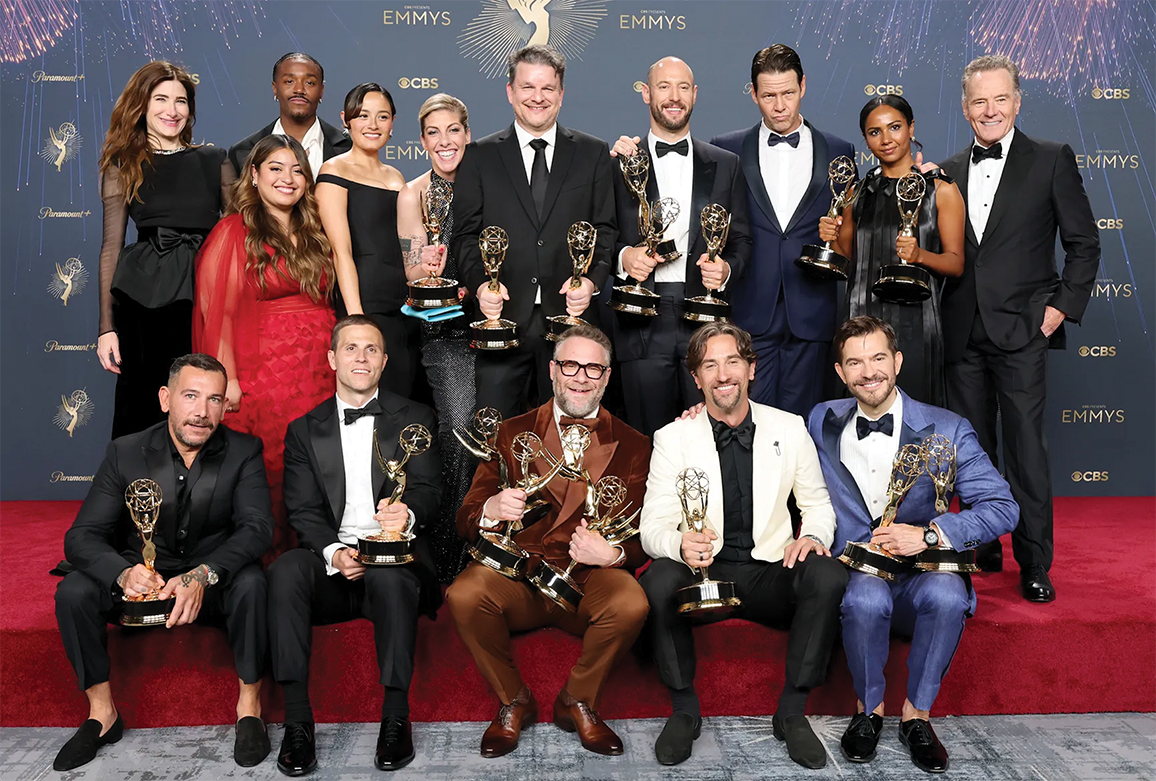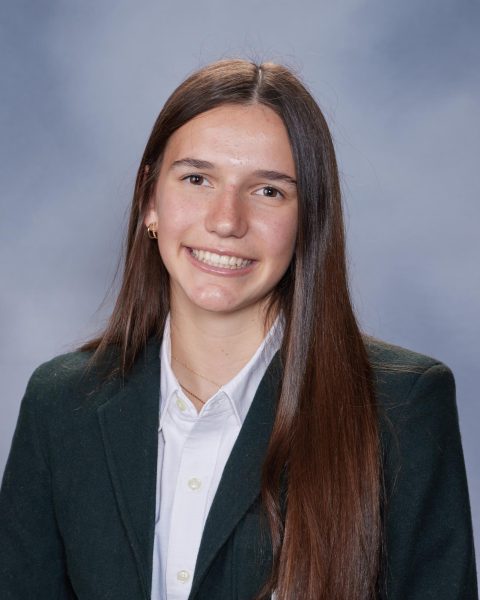Since the NCAA’s 2021 decision to allow college athletes to profit from their Name, Image and Likeness (NIL), the landscape of college sports has completely transformed. Previously limited to scholarships and team sponsorships, colleges can now offer athletes new opportunities to develop their own brands. From pizza deals to partnerships with major companies, NIL is redefining what it means to be a student-athlete.
For University of Texas at Austin (UT) swimmer Brooke Adams ‘22, opportunities began the moment she arrived at Texas her freshman year. Guided by UT’s NIL staff, Adams decided to build her personal brand around one central theme: health.
“I’ve done deals with a lot of health-based things like Aura Rings, Whoops and vitamin brands,” Adams said. “My team focuses on brands that will help us improve as an athlete, so we prioritize deals that align with those morals.”
Beyond the athletic benefits, NIL has also given Adams a window into the business world that most college students don’t encounter until after graduation.
“NIL is a great tool to learn a lot of real-world applications,” Adams said. “You learn how to negotiate, read contracts and prioritize what you want in a deal.”
While Adams’s experience reflects the highly organized NIL programs at large universities, she believes that brand building can start much earlier in high school.
“As a high schooler, you can always think about your brand and how you want to present yourself,” Adams said. “You need to just put yourself out there and start thinking about what brands align with your values that you would want to support.”
On the West Coast, Stanford University soccer player Jaden Thomas ’24 has also found ways to successfully navigate NIL. Thomas partnered with Steph Curry’s and Michelle Obama’s hydration brand, Plezi, which allowed her to earn money while managing the busy life of a Division I athlete.
“If you don’t really have much time to work a job, NIL gives athletes the opportunity to make money simply from your phone when you don’t have the time to commute to a workplace,” Thomas said.

NIL doesn’t just affect individual athletes, but it’s also reshaping recruiting and career decisions across college sports.
“If a smaller or less competitive school offers a player more money, it can completely change their decision,” Thomas said. “It’s not necessarily unfair, but it definitely shifts how talent is distributed. Fewer athletes feel the need to go pro right away since they can start earning good money in college.”
For other athletes, NIL has taken shape in smaller but equally meaningful ways. For Olivia Wayne ‘25 and her Duke University volleyball teammates, a partnership with a local restaurant has made managing meals as an athlete one less thing to worry about.
“We have an NIL deal as a team with a local business called Enzo’s Pizza Company, where we get $30 for food each week to eat there,” Wayne said. “It’s really nice to not have to worry about one of your meals for the week.”
Building on her local partnership, Wayne is turning her attention to developing her own brand, using platforms like TikTok to connect with a wider audience. She hopes to grow a following that reflects her authentic personality and consistent online presence.
“The best thing you can do to get NIL deals is to post as much as you can,” Wayne said. “If you could get into the habit of at least posting once or twice a week, maybe even three times, and then building up posting every day, that can really help grow your platform on social media.”
However, managing a growing platform can be demanding, especially for student-athletes already juggling academic and practice schedules.
“It’s important to build good time management skills, even as a high schooler, and be prepared to balance social media and schoolwork while also being an athlete,” Wayne said. “Social media takes a lot of time, which some people don’t realize. To edit one video can take up to an hour of your time each day.”
Despite the responsibilities of managing social media and sponsorships, NIL provides an opportunity for female athletes to take control of their careers and narratives.
“Female athletes now have opportunities through NIL that didn’t exist before,” Wayne said. “Collaborations with global brands can give women’s sports the attention they deserve and support their growth through the changing field of college athletics.”


